Random, interesting studies
-
This post is deleted! -
@CrumblingCookie great healing effect of butyrate on the gastric ulcer thanks, especially the leukotrine and growth factor,
theres microencapsulated form coated with triglyceride / stearic acid available so it doesnt get absorbed by the stomach mucosa for effects lower down. should be able to smell if its legit crushing some
theres another form coated with ethyl cellulose instead of triglyceride, looks more suitable if someone wanted to target large intestine moreBUT: for small intestine , ileum looks vulnerable to increased butyrate https://pmc.ncbi.nlm.nih.gov/articles/PMC11641654/#sec2-ijms-25-12998 so the forms that release there might be a problem over time . using standard sodium butyrate or butyric acid dissolved in water might be better
(also the coated sodium forms = sodium cant separate and dilute in liquid in stomach, direct undiluted sodium release if damage there probably not good) -
@cs3000 What about this?
Bacterial endotoxin increases serotonin release from the intestine, and increases its synthesis in the brain (Nolan, et al., 2000) and liver (Endo, 1983). It also stimulates its release from platelets, and reduces the lungs’ ability to destroy it. The formation of serotonin in the intestine is also stimulated by the lactate, propionate and butyrate that are formed by bacteria fermenting fiber and starch, but these bacteria also produce endotoxin. The inflammation-producing effects of lactate, serotonin, and endotoxin are overlapping, additive, and sometimes synergistic, along with histamine, nitric oxide, bradykinin, and the cytokines.
https://www.functionalps.com/blog/2012/11/29/ray-peat-phd-on-endotoxin/
-
@Kvirion i dont think much concern , its anti inflammatory & as calcium magnesium butyrate form it lowered excessive bowel movements. (only 160mg calcium in a supp i saw so probably not the calcium too)
didnt raise whole brain serotonin (when looking at result) 10.1016/j.neulet.2016.03.003Probably best not to use it in gram amounts as the salts continually tho. i saw it rasies glp-1 (ozempic is agonist, tho this is probably not as extreme). just temporary month or so for healing effect
-
@Kvirion
That Inulin / FOS -> butyrate -> serotonin = bad and pectin -> acetate = good is what I had saved in my notes previously, too, based on an article by haidut.
It's not true in practice! The butyrate provides a net decrease in endotoxins and serotonin. At effective dosages, butyrate reverses stimulation to inhibition of tryptophan hydroxylase:-
"Nankova et al. (2014) showed that butyrate (1 mM) activates transcription of the TH gene in PC12 cells. Laurent et al. (2013) showed that sodium butyrate (10 mM) increases the dopamine level in the brain."
- "However, higher levels of sodium butyrate (8 mM and 16 mM) tend to supress the transcription of TPH1. "
"Kundi et al. (2021) showed in line with the previous study, that mice fed a western diet have significantly increased ileal TPH1 mRNA-expression, while intake of rye and oat fibres reduce the expression.
They showed, moreover, that a western diet significantly reduces the concentration of SCFA,
while the concentration is restored by intake of rye or oat fibres.
An increased expression of TPH1 was inversely associated with the SCFA concentration."
If using capsule-size amounts of Ca- or Mg-butyrate there'll also be a benefit of these cations at low doses binding oxalic acid and preventing it from uptake.
@cs3000
Glad that you have read about butyrate's healing of gastric ulcers. I find it pretty wild that it's as effective as the proton pump inhibitor omeprazole on healing ulcers (without the nasty adverse effects of PPIs):-
"SoB treatment significantly attenuated ulcer development. The afforded protection was higher than that provided by UDCA and was not significantly different from that afforded by omeprazole. SoB significantly decreased gastric mucosal MDA and TNF-a level, whereas UDCA failed to alter these parameters. Both drugs significantly elevated GSH, VEGF and IL10 levels. Similar to UDCA, SoB showed a significant reduction in AST, ALT, GGT, ALP and bilirubin level. Histopathological examination confirmed the attenuating effect of SoB on gastric and hepatic injury."
I reckon there's either also a strong impact through HDACi and ISC (intestinal stem cell) renewal also in the stomach mucosa (locally, topically) or it's an astonishing testament to how interconnected the whole system is: With decreased endotoxins and inflammation in the intestine relieving the liver and the pancreas, leading to their functions being restimulated, which in turn also stimulates healing "upstream" and through re-enhanced gastric secretions as the counterpart to pancreatic & biliary secretions.
-
-
@CrumblingCookie & it has even more relevant healing effects for chronic type , omeprazole didnt have any effect for me, but not a gastric one,
looks good for inflammatory conditions generally , arthritis too ,
100mg/kg i.p mice 3 days a week
https://pmc.ncbi.nlm.nih.gov/articles/PMC6043689/#S3
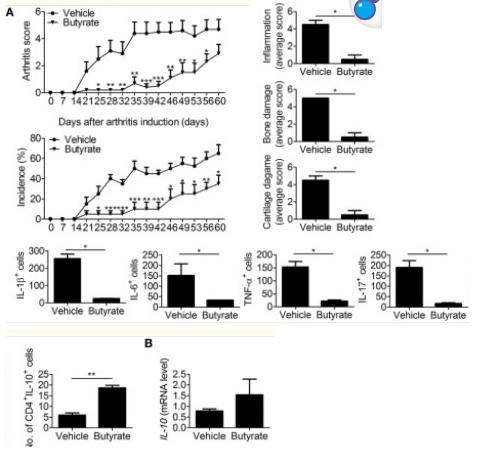
that HDAC inhibition happens at low dose well even ~100mg as the salt orally
something interesting,
when thyroid receptors aren't bound by the hormone / agonist they block DNA transcription. using HDAC. HDAC inhibition is 1 way to help the people who have receptor mutation / resistance, (sort of)
https://academic.oup.com/hmg/article/23/10/2651/614693#10263757
https://scholars.mssm.edu/en/publications/histone-deacetylase-inhibition-reduces-hypothyroidism-induced-neu
So basically people can get some of the gene effects from T3 activation if its lacking, without the t3 , by hdac inhibition . not full effects but some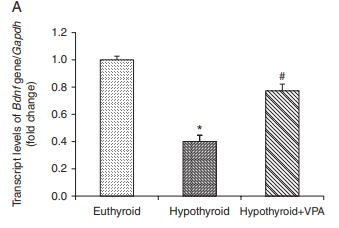
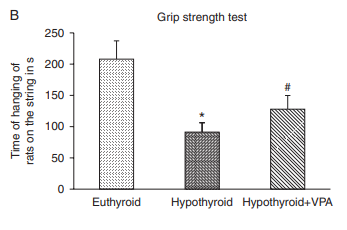
-
@Kvirion If you look at the whole picture I think butyrate is fantastic and definitely a net positive.
I made thread about it a few years ago:
https://lowtoxinforum.com/threads/sodium-butyrate-leads-to-weight-loss-and-less-inflammation-endotoxin.47498/Butyrate increases CO2 in 3 different ways!(Uncoupling, carbonic anhydrase inhibition, as fuel for colonic cells)
It increases testosterone and lowers glutamate, ammonia and endotoxin .
Something that has these credentials, especially the endotoxin part, doesn't tend to increase serotonin.
I wrote about it in this post as there were people taking in-vitro high dosage studies out of context.Post in thread 'Sodium Butyrate leads to weight loss and less inflammation/endotoxin' https://lowtoxinforum.com/threads/sodium-butyrate-leads-to-weight-loss-and-less-inflammation-endotoxin.47498/post-840441
In vitro studies with butyrate matter even
less than they usually do, since they don't take into account that colonic cells use butyrate as a main fuel,changing the whole gut environment.Because you're quoting Peat, I want to mention that he has some rather favorable quotes on butyrate:
Post in thread 'Sodium Butyrate leads to weight loss and less inflammation/endotoxin' https://lowtoxinforum.com/threads/sodium-butyrate-leads-to-weight-loss-and-less-inflammation-endotoxin.47498/post-840681 -
@cs3000 that is interesting on T3!
Maybe that's what Peat was referring to when he said that it facilitated T3 entry In the quote above?
-
@CrumblingCookie said in Random, interesting studies:
@Mauritio @cs3000 from my recent reading:
Treatment of intestinal cells with βHB or feeding mice with a ketogenic diet inhibits mTOR signaling in intestinal cells.Thanks for bringing this up again.
In the above study butyrate had some decent anti-oxidant effects, but where it really shone was at lowering inflammatory cytokines and increasing the expression of the butyrate receptor GPR109A also called HCA2Even wikipedia admits that butyrate /its receptor helps with a lot of diseases.
Interestingly this receptor is also activated by niacin in supraphyiological amounts, so maybe the anti-vitamin A crowd is accidentally right about something.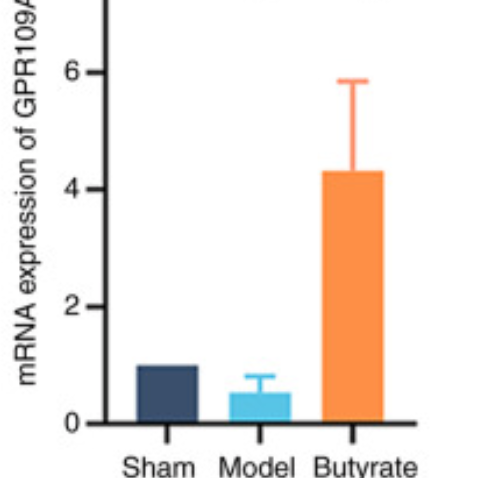
"Studies, done mostly in animals and the cells taken from animals or humans, show or suggest that HCA2 functions to 1) inhibit lipolysis and 2) inhibit inflammation and thereby suppress the development of certain diseases in which inflammation contributes to their development and/or severity.[13][17][18] These diseases include: atherosclerosis,[19] stroke, Alzheimer's disease, Parkinson's disease, multiple sclerosis, pathological pain (i.e. pain due to the abnormal activation of neurons),[13] mastitis,[20] hepatitis due to heavy alcohol consumption,[21] inflammatory bowel diseases, cancer of the colon,[22] and, possibly, psoriasis[23] and brain damage due to heavy alcohol consumption.[24]"
https://en.m.wikipedia.org/wiki/Hydroxycarboxylic_acid_receptor_2
-
Some more interesting studies on butyrate:
-
Age-associated temporal decline in butyrate-producing bacteria plays a key pathogenic role in the onset and progression of neuropathology and memory deficits in 3×Tg-AD mice
https://pmc.ncbi.nlm.nih.gov/articles/PMC11346541/ -
butyrate improves metabolism and reduces muscle atrophy during aging
https://pmc.ncbi.nlm.nih.gov/articles/PMC4693467/ -
"Children with the highest levels of butyrate and propionate (≥95th percentile) in feces at the age of one year had significantly less atopic sensitization and were less likely to have asthma between 3 and 6 years. Children with the highest levels of butyrate were also less likely to have a reported diagnosis of food allergy or allergic rhinitis. Oral administration of SCFAs to mice significantly reduced the severity of allergic airway inflammation."
https://pubmed.ncbi.nlm.nih.gov/30390309/ -
Interesting human trial
https://trialsjournal.biomedcentral.com/articles/10.1186/s13063-022-06891-9
-
-
@Mauritio
 nice thread , results for that trial are released
nice thread , results for that trial are released
https://www.nature.com/articles/s41430-024-01512-x
UCP-1 increased (thyroid hormone increases) even in caloric deficit , increased weight loss without the GLP.
(they said only when prescribed with caloric deficit, which idk would be weird i'd like to look at the full data.gives a nice insight as this dose didnt raise GLP-1, so if want to avoid the GLP effects where its still active in other areas its 600mg as sodium butyrate (enough for HDAC inhibition too)
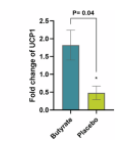
just 20mg/kg ~100mg - 150mg human
doi.org/10.1111/bph.13637
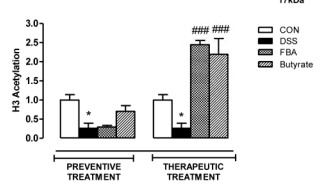
peskypeater posted in that thread showing serotonin in gut from this
https://erepo.uef.fi/server/api/core/bitstreams/30362964-caa5-4cca-b95f-37c2471b3568/content
using high amounts / grams (grams generally not needed),raised higher up and lowered lower down (but
result not statistically significant, big individual variation)
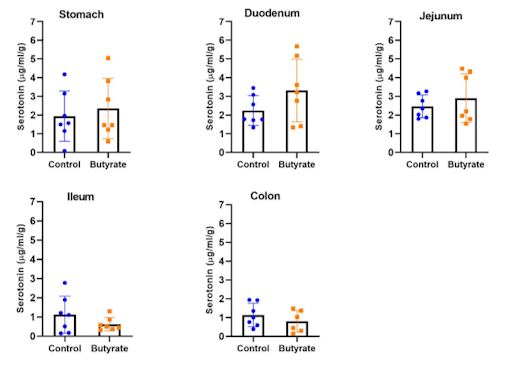
dopamine metabolite large increase, implies higher peripheral dopamine (but need ratio or the dopamine amount to confirm)
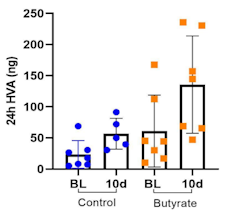
-
I remember Click saying that promoting butyrate-generating foods was just a way of recapitulating life as it was in selenium-rich soil, since selenomethionine is converted to α-keto-γ-methylselenobutyrate (KMSB) and works basically the same way as butyrate.
So supplementing selenomethionine mimics a Methionine restriction and also promotes an increase in keto acid similar to butyrate. Interestingly, consuming resistant starch increases butyrate production and also mimics Methionine restriction (and other amino acids like leucine, tryptophan, etc.).
Funny how it works haha
-
@TexugoDoMel yo did you know there are other selenium type aminos and stuff in fish
there's one called selenoine or something like that, I probably spelled it incorrectly
-
@sushi_is_cringe
Selenoneine? I remember seeing some relation to mercury detoxification, but I don't know much about this one in particular.
-
@TexugoDoMel said in Random, interesting studies:
Selenoneine
"In addition, protective roles of selenoneine as a radical scavenger in the heart and blood cells in humans might also be essential for the adaptation to low-oxygen environments at high altitudes.""
""In contrast, tilapia blood, porcine kidney, chicken heart, gizzard and liver, and squid hepatopancreas contained low levels of selenoneine and selenoproteins. Furthermore, porcine liver contained only selenoproteins and not selenoneine. In summary, selenoneine was found to be widely distributed in various animal tissues and occurred at especially high levels in tuna tissues. "
"This selenium compound has strong antioxidant capacity and binds to heme proteins, such as hemoglobin and myoglobin, to protect them from iron auto-oxidation"
-
@cs3000 said:
something interesting,
when thyroid receptors aren't bound by the hormone / agonist they block DNA transcription. using HDAC. HDAC inhibition is 1 way to help the people who have receptor mutation / resistance, (sort of)
https://academic.oup.com/hmg/article/23/10/2651/614693#10263757
https://scholars.mssm.edu/en/publications/histone-deacetylase-inhibition-reduces-hypothyroidism-induced-neu
So basically people can get some of the gene effects from T3 activation if its lacking, without the t3 , by hdac inhibition . not full effects but someBam! So the working mechanism of T3 is not directly cellular stimulation, but inhibition of the inhibition of cell metabolism?
Therefore, vice versa, a practically hypothyroid state would be mimicked by overmethylation of the CpG sites on the DNA (blocking the translation of genes) or by deacetylated/dephosphorylated/demethylated/de-beta-hydroxybutyrylated sites of the lysine chains of the histones (compressing the histones which wrap the DNA strands which prevents DNA access)?To supplement thyroid hormones would work in such circumstances but be a kind of force-feeding, rawhiding override and circumvention of the actual underlying culprits?
But using other inhibitors of HDAC or DNMT could then be actually better and closer to the original cause and also effectively act like thyroid hormones?I used to think of HDACis only as some very beneficial class of substances in a vague context of cancer (even though even in that they are very restricted).
Now they appear much more crucial in all kinds of diseases and chronic impairments.
If I were casually being offered some pure quality HDAC inhibitors I would gladly take them and run a treatment course with them. -
@CrumblingCookie HDAC inhibition also increases expression of thyroid receptor itself.
-
@CrumblingCookie Good point .
Well, sodium butyrate is widely available ... -
Thymol
-Antagonizes estrogen, increases progesterone .
Rat endometriosis study.
HED= 200/400mg
https://pmc.ncbi.nlm.nih.gov/articles/PMC11642495/ -
Mad Honey
-Increases testosterone 2-fold and free testosterone 10-fold.
It didn't affect estrogen and LH,FSH and progesterone only non-significantly.
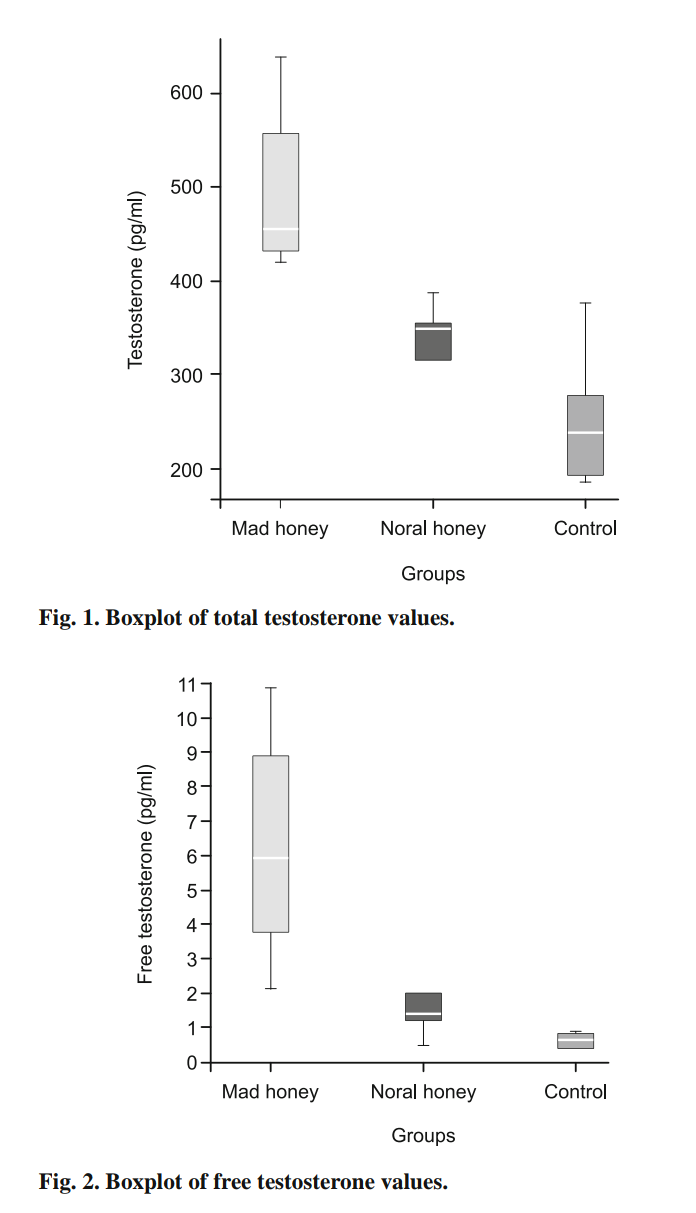
Caveat: Small therapeutic window , leads to hallucinations in higher doses
Karadeniz Teknik Üniversitesi
https://avesis.ktu.edu.tr
PDF
The effect of mad honey on testosterone levels of male rats-It helps with fracture healing
https://pubmed.ncbi.nlm.nih.gov/29428933/